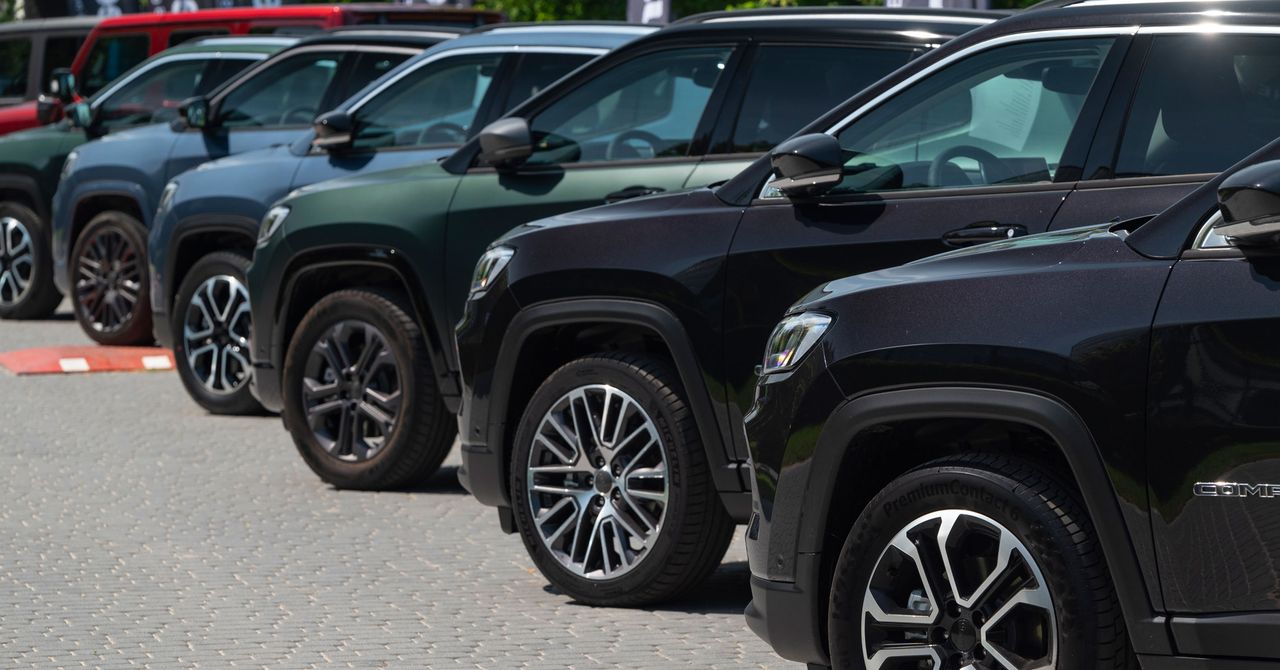
Let’s be upfront right here: US automobiles haven’t been low-cost for a very long time. The typical worth of a brand new automotive within the US is close to $50,000, up some $5,000 from 20 years in the past, even adjusted for inflation. The explanations are manifold: Automobiles have gotten more complicated—and costly—to fabricate, the Covid-19 pandemic bent global auto supply chains out of shape, and Detroit automakers put the brakes on relatively more affordable passengers cars prior to now decade in favor of higher-margin (and extra in-demand) vehicles and SUVs.
However auto tariffs utilized by the Trump administration this week—and one other set of elements tariffs set to kick in next month—could successfully put a stake within the American reasonably priced automotive, consultants say, by driving up costs by 1000’s of {dollars}.
Among the many greatest losers will possible be the nation’s most price-sensitive patrons, for whom the next sticker worth means ready to commerce of their previous automotive. The strikes may put stress on used-auto markets, too, as these former new-car patrons assist ratchet up demand.
On the finish of March, 27 US autos had a median transaction worth of beneath $30,000, in keeping with knowledge collected by Cox Automotive; seven of these are discontinued and simply promoting down remaining automobiles. About half of the fashions left over shall be topic to the tariffs as a result of they’re assembled exterior the US. Apply an additional $6,000 or so to every of these autos’ costs—what the agency estimates the tariffs will value per auto—and solely 5 stay: the Hyundai Venue, the Kia Soul, the Nissan Sentra, the Chevrolet Trax, and the Nissan Versa (which is being discontinued this yr).
Victims might embrace the favored Hyundai Kona (inbuilt South Korea), Jeep’s least costly SUV, the Compass (Mexico), and the bottom mannequin Ford Maverick truck (Mexico). Common Motors’ had successful on its arms final yr with the Chevrolet Trax, which begins at $21,000. However the automotive is assembled in South Korea—and so might get dearer.
The calculations will get much more sophisticated subsequent month, when the Trump administration says it should start to use a tariff on imported auto parts as well. Even standard reasonably priced fashions assembled within the US—such because the Subaru Crosstrek, manufactured in Indiana, or the Honda Civic, inbuilt Ohio—comprise parts from exterior the US.
Some reasonably priced fashions might disappear altogether, says Erin Keating, an government analyst at Cox Automotive. “The American client, we like our issues large, custom-made, particular, and low-cost,” she says. “It’s going to be fairly arduous to handle.” The times of the $20,000 automotive are all but over, and the times of the $30,000 one could be, too.
Patrons could also be on the verge of an enforced crash course not on the place automakers base their headquarters—Toyota and Honda, Japan; Volkswagen and Audi, Germany—however the place they construct particular person automobiles. It’d behoove cut price hunters to know, for instance, that the $23,000 Toyota Corolla is inbuilt Mississippi, that the $45,000 electrical Volkswagen ID.4 comes out of Tennessee, and that the $25,000 Honda Civic is put collectively in Indiana.






